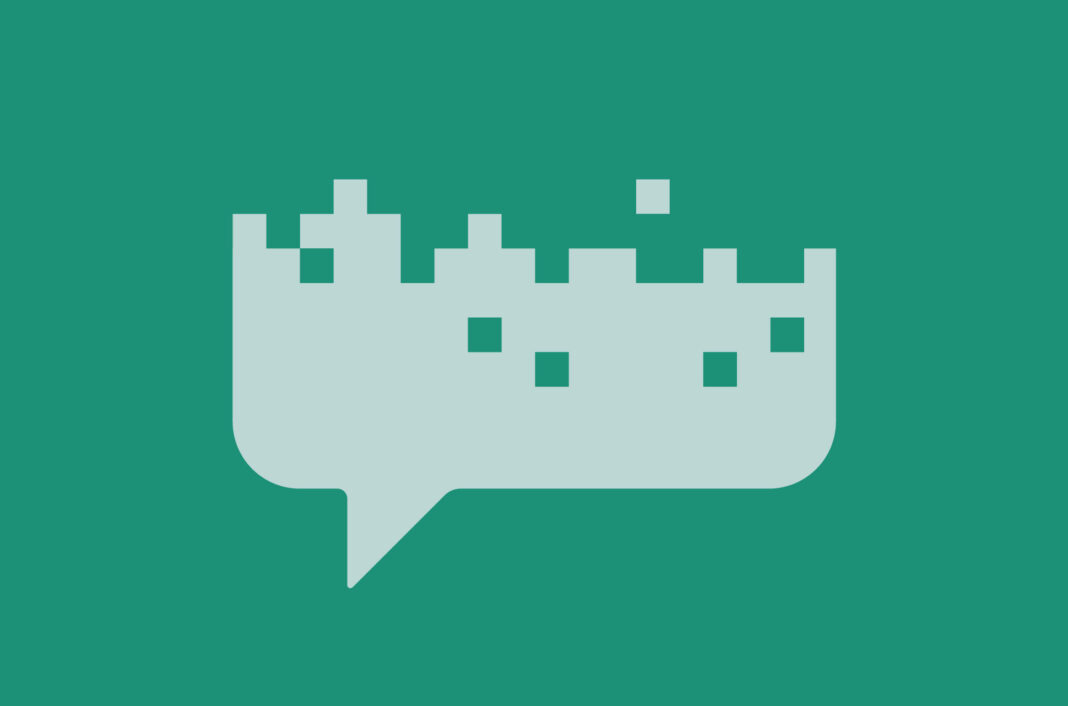Can’t read a book banned in your country? Head to a library accessible to all—a library that only exists in the world of Minecraft.
Minecraft is one of the most played games in the world today—and it’s apparently accessible anywhere in the world, not censored by any country.
These factors have given Minecraft the opportunity to become a hub of educational materials, as well as a loophole for making censored information freely accessible online.
Read more: ExpressVPN delivers Log4Shell protection to users
Minecraft as an educational tool
In 2016, Minecraft’s developer Mojang Studios released an education edition that lets players explore virtual museums to learn about biodiversity, foster social skills by working with others, and learn about issues like water wastage.
Meanwhile, advocates have also harnessed the seemingly limitless possibilities of Minecraft’s virtual world-building to create monuments to freedom of speech, helping to preserve and share information censored in the real world.
Here are three times Minecraft was used in the fight against censorship.
1. The Uncensored Library
In March 2020, The Uncensored Library was introduced to the world. A joint project between Reporters Without Borders, BlockWorks, DDB Berlin, and MediaMonks, the project is a Minecraft server and map built to bypass censorship and provide a platform for banned reporting and literature from Mexico, Russia, Vietnam, Saudi Arabia, and Egypt. Players visiting the library can browse sensitive and banned literature as in-game books, accessible in both English and their language of origin. To date, over 20 million gamers from 165 countries have been through its doors.
The library was created in Minecraft by UK-based design firm BlockWorks using Classical architecture to resemble structures like the British Museum and the New York Public Library. There are five wings inside the library, one for each of the five countries represented above.
BlockWorks managing director James Delaney explained that this was a deliberate choice, as the imposing architectural style is “usually used by governments to reinforce their positions of authority. We wanted to take that and turn it on its head. Yes, we’re using this formalistic, authoritarian style, but instead, it’s filled with free information.”
2. TeAR down this WALL
Built on the now-defunct Minecraft Earth augmented-reality platform, TeAR down this WALL was an educational tool developed by DDR Museum that allowed users to experiment with building and then destroying the Berlin Wall. The DDR Museum also created a series of learning materials to complement the experience that taught students about what led to the Wall’s creation, its impact on the German peoples, and the harmful effects of keeping people divided.
3. History Blocks
In 2001, the Taliban destroyed the Buddhas of Bamiyan—two Buddha statues carved into the side of a cliff in central Afghanistan. At the time of their destruction, they had been standing for over 1,300 years. The statues had faced several notable instances of vandalism over millennia and has had an extensive history of religious censorship.
With the support of UNESCO, Africa Agency recreated the statues in Minecraft as part of an initiative to rebuild historical sites lost to war called History Blocks. Africa Agency’s co-president and COO Sergio Gordilho had this to say of the initiative: “Unfortunately, many monuments have been destroyed by wars and conflicts […] monuments which are a part of and tell our history. Since we are unable to rebuild these monuments in the real world, at least we could make it so in the digital world.”
Read more: This app measures how much of your internet is censored
























Comments
Hi 🇩🇪⚡🇩🇪
“Hi” is not a comment.